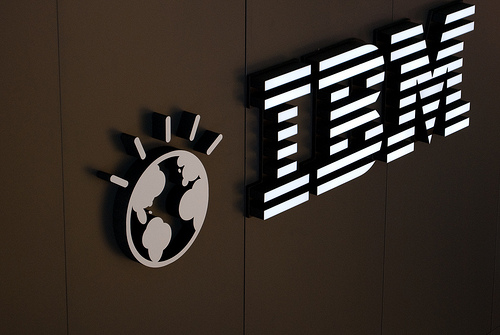IBM opens multimillion-dollar R&D lab

IBM has officially opened its research and development laboratory in Melbourne today, which will be used by the company and its partners at the University of Melbourne to focus on research that bridges traditional technology, like electricity, with newer, internet-enabled technologies.
The facility was opened by Federal Innovation Minister Senator Kim Carr and the Victorian Premier Ted Baillieu, and is expected to employ about 150 researchers over the next five years.
The Commonwealth Government has provided $22 million towards the facility, following its promise to invest in research and development last year. It includes funding for 38 PhD students over five years.
"This is a first-class research facility that will enhance Australia's strong research base and attract the best people from Australia and around the world," Carr said.
"I'm pleased that IBM has already started assembling a world-class team, both from local and international research talent. It will give post-graduate students opportunities to experience research at a world level."
Baillieu said that the facility was in a great location to foster collaboration between government, industry and the research community.
"Today's opening, and this investment by IBM, proves once again that Melbourne is a vital regional hub for global innovation and technology R&D," he said.
Carr said the government was pleased that one of the reasons that IBM was attracted to Australia was the roll-out of the National Broadband Network (NBN).
IBM has previously partnered with the university on a $100 million project for its Victorian Life Sciences supercomputer. The Victorian auditor-general has questioned whether appropriate procurement processes were in place (PDF) to ensure that the $50 million invested by the state was effectively spent.
